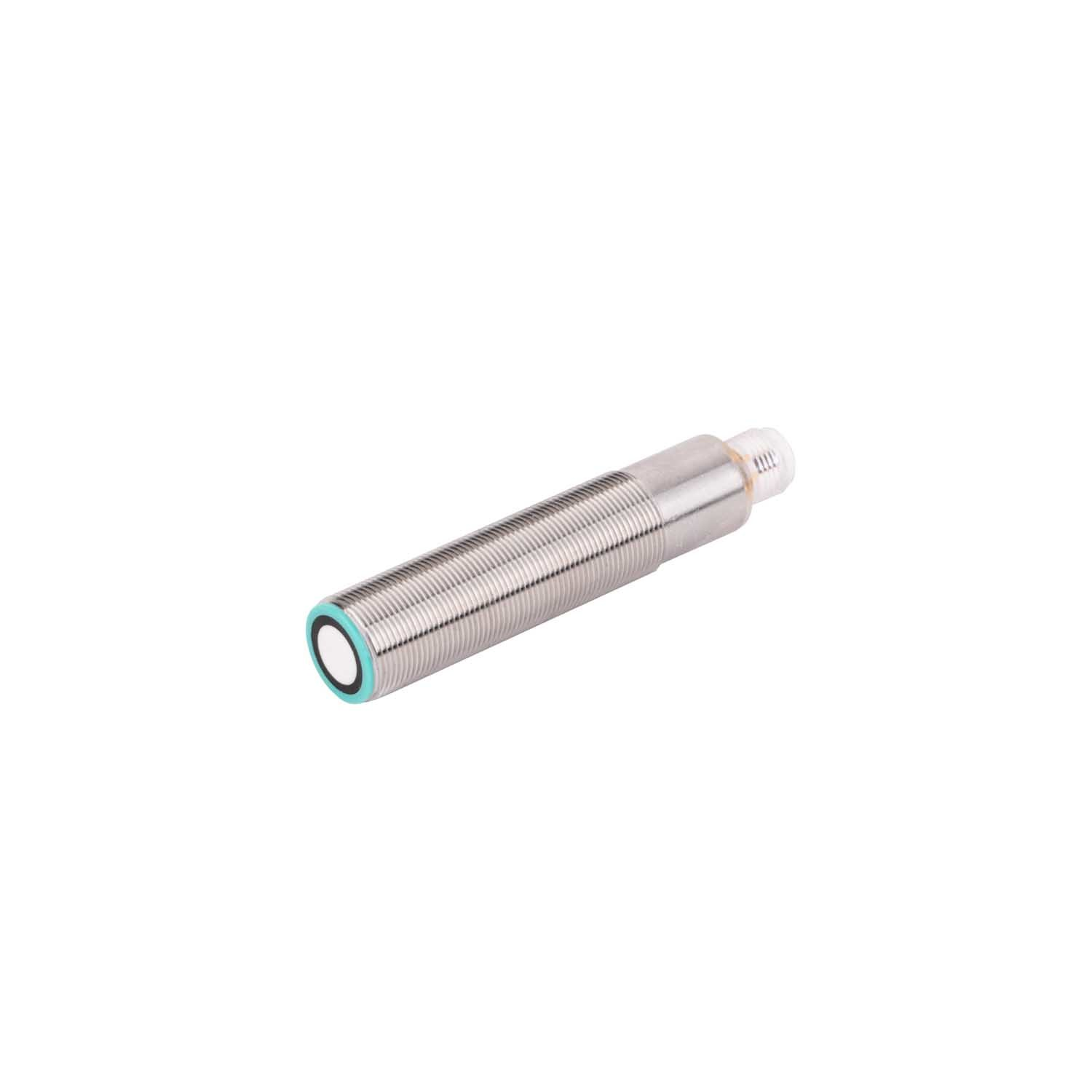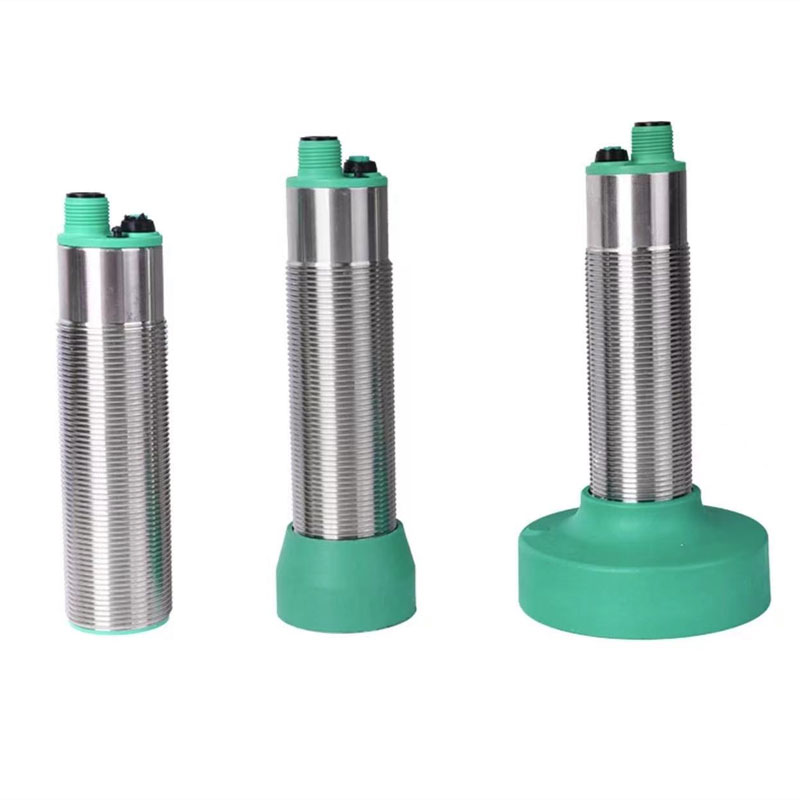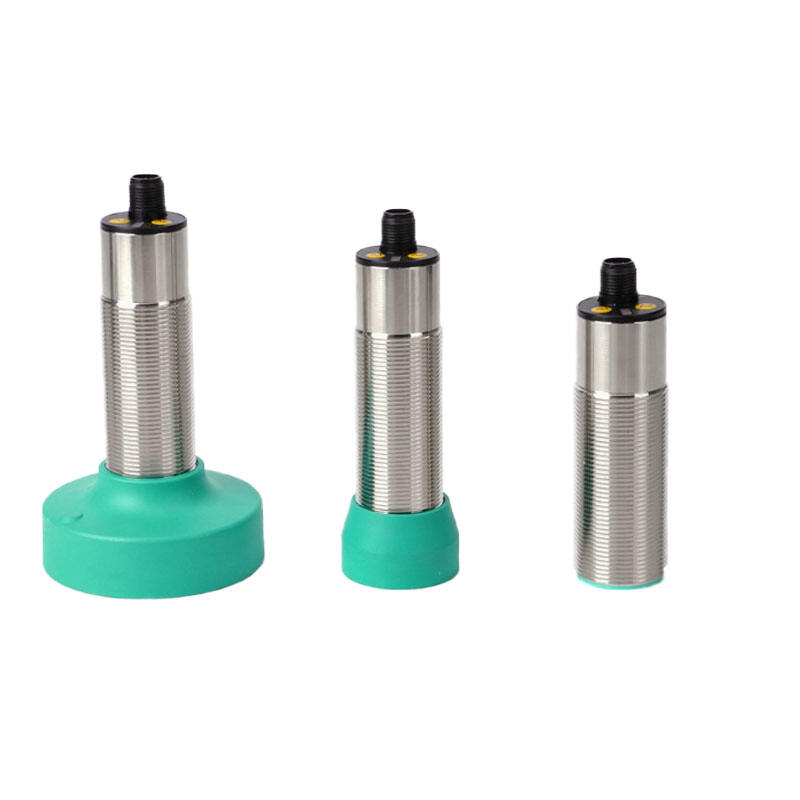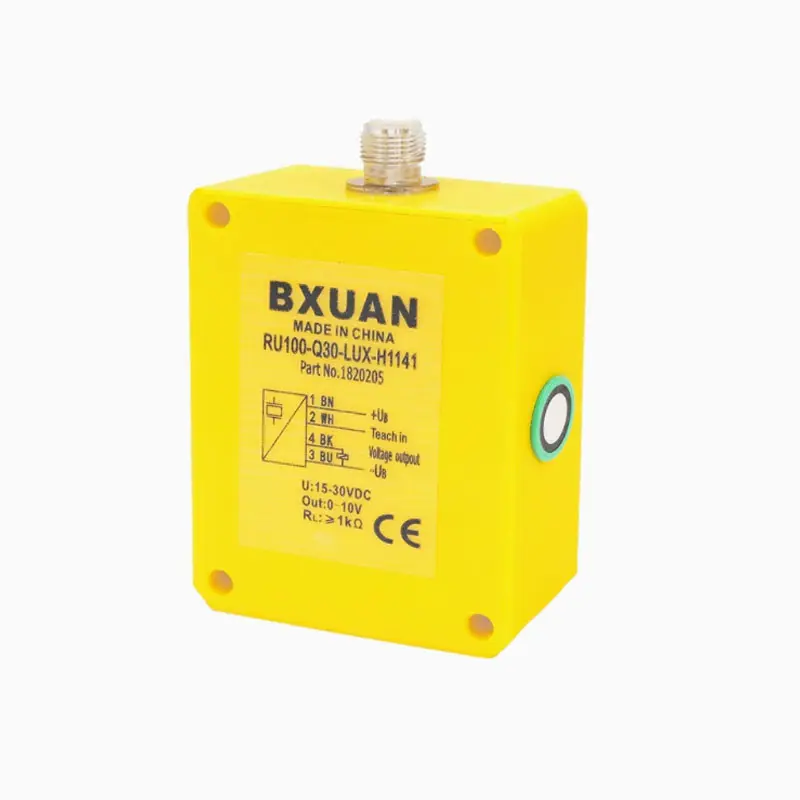photoelectric proximity switch
A photoelectric proximity switch is an advanced sensing device that utilizes light beams to detect the presence or absence of objects without physical contact. This sophisticated sensor emits a beam of light and monitors changes in the reflected light pattern to determine object presence. Operating through either through-beam, retro-reflective, or diffuse reflection methods, these switches offer exceptional precision and reliability in various industrial applications. The device consists of a transmitter that emits light and a receiver that detects the reflected or interrupted beam. When an object enters the detection zone, the switch triggers an output signal, enabling automated responses in manufacturing processes. Modern photoelectric proximity switches incorporate advanced features such as adjustable sensing ranges, background suppression technology, and digital displays for easy configuration. These devices excel in challenging environments where traditional mechanical switches may fail, offering consistent performance in dusty, wet, or high-temperature conditions. With detection ranges varying from a few millimeters to several meters, they provide flexible solutions for diverse industrial needs, from assembly line monitoring to packaging automation and quality control processes.










